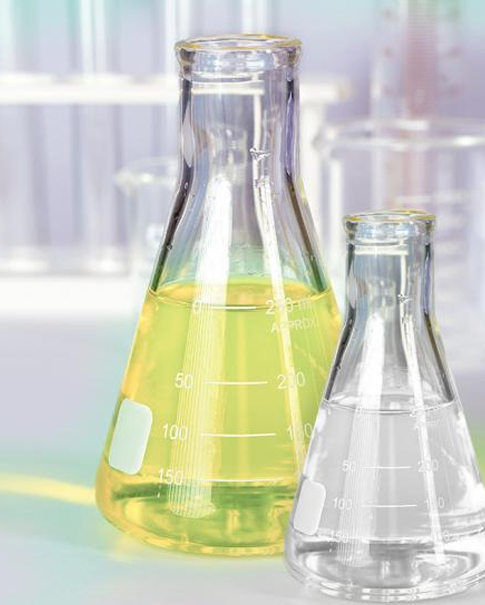What is PDCPD?
Nov 22, 2023
Polydicyclopentadiene (PDCPD for short) is a remarkable environmentally friendly new material in today's world. It is a polymer made from the purified dicyclopentadiene (DCPD) of petrochemical by-products C5 and C9 fractions, which is polymerized by metal-catalyzed olefinic decomposition reaction.
Its production process is reaction injection molding, the whole process is exothermic reaction, energy consumption is very small, no waste water, waste residue in the molding process, emissions are almost zero, and the products can be harmless regeneration and utilization, to achieve a complete closure of the entire industrial chain, is a model of "green chemistry".
PDCPD products not only have the flexible molding characteristics of thermoset materials, but also have similar performance characteristics with thermoplastic materials, which is described as "incredible" ductile materials. The material is light (specific gravity close to water), free design, not only has a high modulus of elasticity, but also has a very high impact resistance, high creep resistance, thermal stability, and outstanding corrosion resistance, weather resistance and paintability, is more suitable for the manufacture of construction machinery, agricultural machinery, trucks, automobile coverings, and sanitary ware, purification tanks, as represented by the integration of large-scale molding products. It is the ideal material to replace glass fiber reinforced plastic, some plastics, metal sheet metal parts, carbon fiber and alloy in the future, and is also the ideal choice for the lightweighting of equipment in new energy vehicles, wind power generation, unmanned aerial vehicles, tunnel templates, robots and many other emerging industries, with a wide range of applications, widely used in automobile manufacturing, construction templates, agricultural machinery, military, civil, medical, scientific research, national defense and other fields, with great potential and development potential. The market potential and development space is huge.
